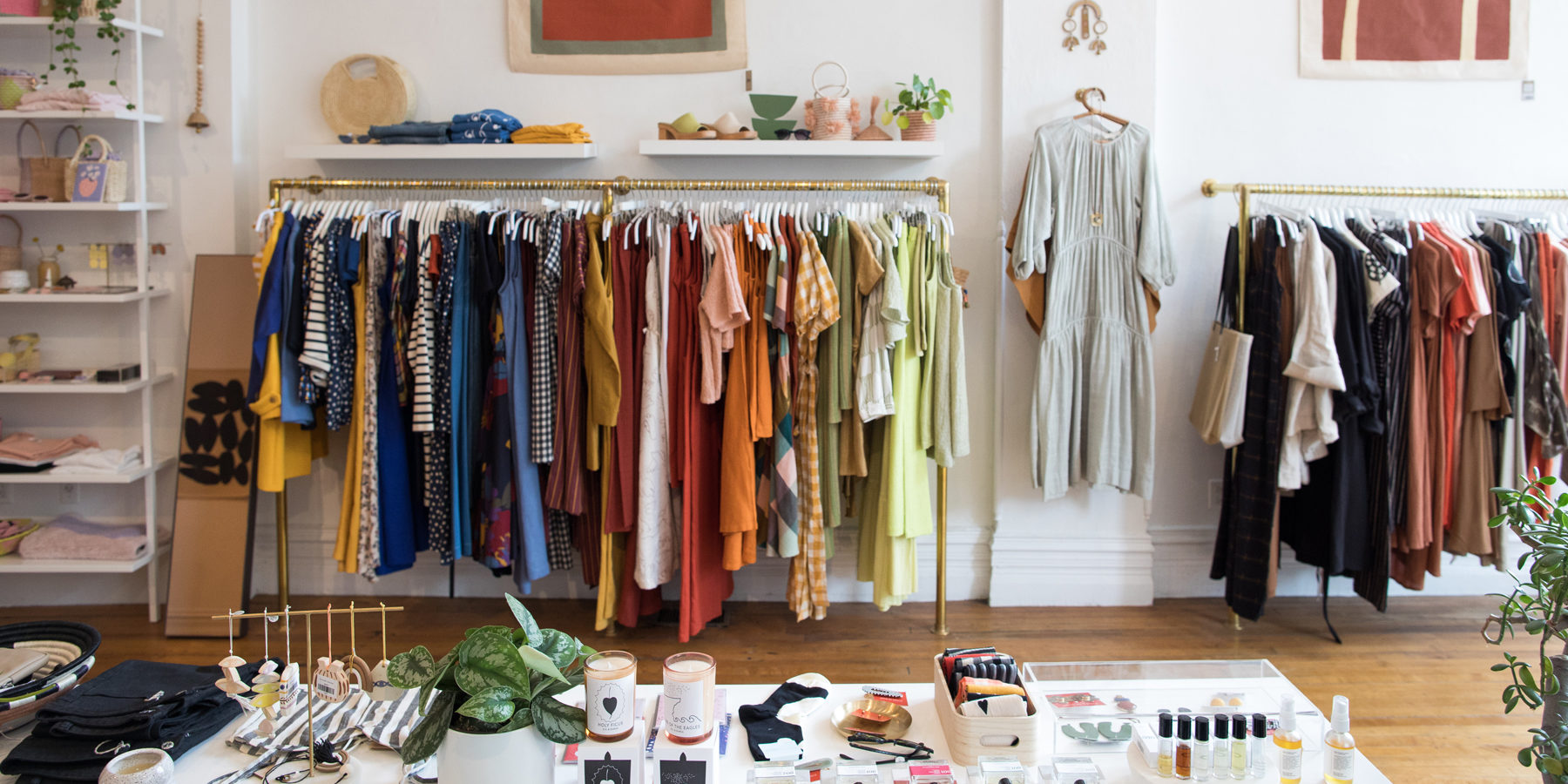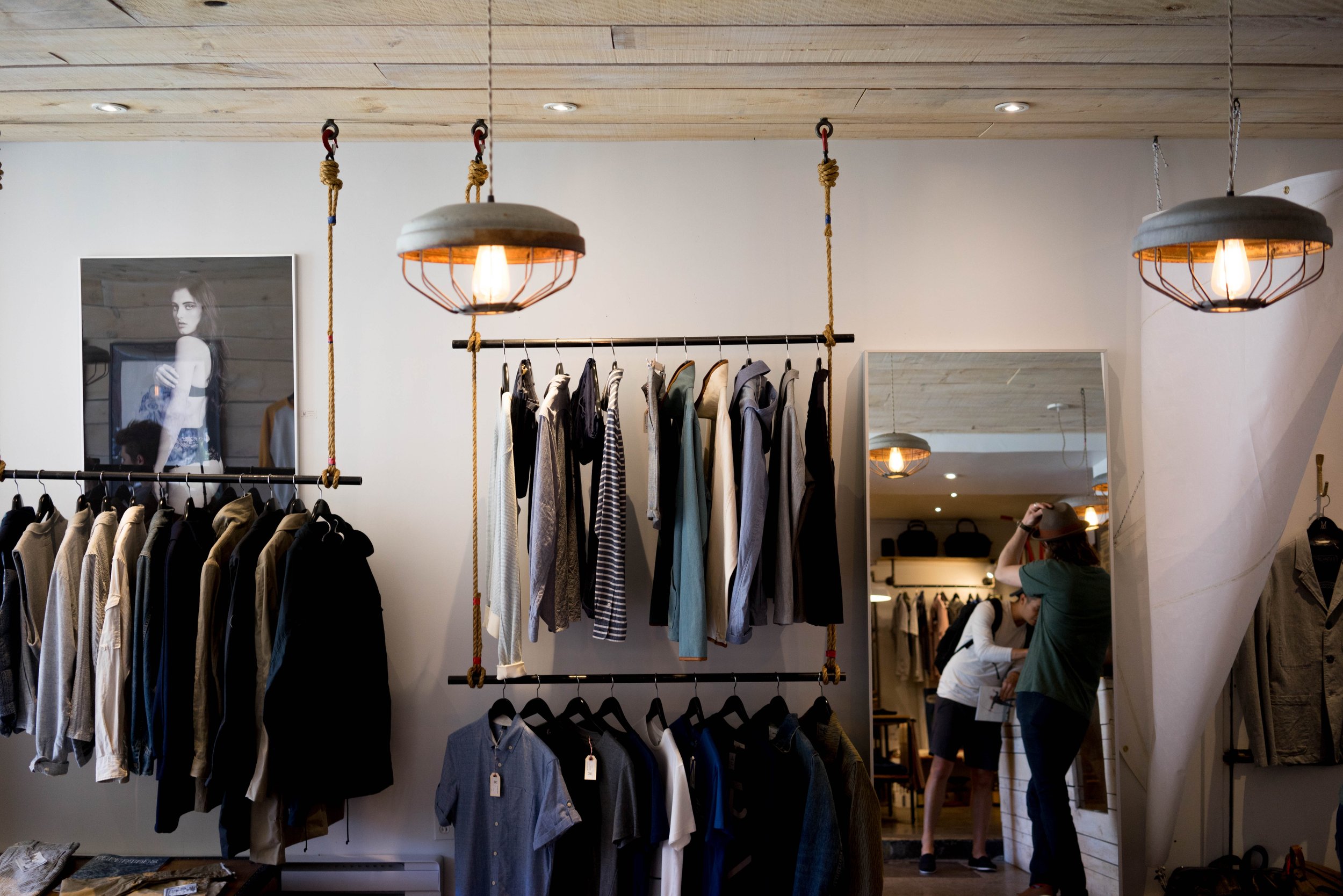Exploring the World of Sustainable Boutique Fashion Brands
Exploring the World of Sustainable Boutique Fashion Brands
Blog Article
Checking Out the Development and Impact of Apparel on Modern Fashion Trends
The evolution of clothes has significantly affected modern-day fashion fads, merging historical precedents with cutting-edge technologies. Legendary numbers like Coco Chanel and Yves Saint Laurent changed the fashion sector by presenting concepts that prioritize convenience and availability, which proceed to reverberate today.
Historic Fashion Influencers
In the tapestry of fashion history, particular numbers have left an indelible mark, shaping the patterns and styles that define whole eras. Coco Chanel, a revolutionary developer, redefined women's fashion by introducing comfy, sophisticated clothes that departed from restrictive bodices. Her iconic Chanel suit and little black outfit have become ageless staples in wardrobes worldwide. Christian Dior's post-war "New Look" in 1947, with its party of femininity through complete skirts and cinched midsections, noted a return to luxury and has actually continued to affect developers.
Elsa Schiaparelli is one more crucial number, renowned for her avant-garde designs that incorporated surrealist art, teaming up with Salvador Dalí to develop wayward items that challenged traditional aesthetics. Her cutting-edge use shade and strong patterns resounds in contemporary fashion. Yves Saint Laurent, meanwhile, democratized haute couture with prêt-à-porter collections, bringing path styles to the masses and setting a precedent for modern-day ready-to-wear lines.
These enthusiasts, among others, not just transformed style in their times however likewise set enduring fads that reverberate in today's fashion business, supplying a structure upon which modern developers proceed to develop and innovate. Their traditions highlight the relevance of imagination and daring in fashion's ever-evolving narrative.
Technological Improvements in Fashion
Among the dynamic landscape of the style industry, technological developments stand at the forefront of innovation, reshaping just how designers produce and customers engage with fashion. The combination of 3D printing has transformed layout processes, making it possible for designers to try out complicated structures and lasting products that were previously impossible. This innovation facilitates quick prototyping, decreasing waste and expediting production times.

Smart fabrics, installing modern technology into fabrics, are likewise changing the market. Innovations like temperature-regulating and self-cleaning materials offer boosted performance and convenience. Wearable innovation, incorporating attributes like health and fitness monitoring and interaction, adds a brand-new measurement to style, merging visual appeals with practicality.
Social Changes and Design
As technological developments remain to improve the apparel industry, social shifts are similarly influential, redefining style and customer choices. Over the check these guys out last few years, the increase of social media sites platforms has accelerated the dissemination of worldwide fashion fads, permitting diverse social influences to merge and coexist. This electronic interconnectivity has facilitated the fast exchange of concepts, causing a much more diverse and comprehensive analysis of design that mirrors the complex nature of modern-day culture.
Social awareness and recognition have actually motivated developers to draw inspiration from a broader range of historical and ethnic contexts, integrating typical themes Get More Information with contemporary visual appeals. This fusion has actually led to fashion that reverberates with a broader audience, advertising a feeling of identity and belonging throughout different demographics. Additionally, the raising demand for personalization has actually driven brands to supply adjustable options, making it possible for consumers to express originality while reflecting their social heritage.
Additionally, shifting social values have actually impacted style, with inclusivity and diversity coming to be central motifs. The industry has actually begun to welcome models and influencers of numerous type of body, ethnic cultures, and gender identifications, challenging traditional elegance requirements. This transformation highlights the power of social shifts in forming the future of fashion, as style comes to be a more genuine expression of personal and collective identity.
Sustainability and Modern Style
While the style sector proceeds to advance, the important for sustainability has ended up being progressively urgent, influencing contemporary style methods. The increase of sluggish fashion, which emphasizes quality over quantity, encourages customers to spend in classic items rather than transient trends.
Moreover, contemporary design is identified by its development in minimizing waste and advertising circularity. This method not just alleviates environmental influence however additionally improves the social responsibility of style houses.

Future Trends in vogue

Sustainability will remain to be a driving pressure in shaping future style patterns. The sector is progressively adopting eco-friendly products and ethical manufacturing methods, replying to a growing customer demand for liable practices. Technologies such as bio-fabricated materials and closed-loop recycling systems are readied to redefine how apparel is produced and consumed, minimizing environmental effect while keeping style and top quality.
Cultural changes, consisting of the increase of inclusivity and get redirected here variety, will likewise play a pivotal function. As culture becomes a lot more mindful of social problems, style is anticipated to become a system for expression and adjustment. Designers will likely concentrate on developing collections that reflect a wider variety of experiences and identities, promoting depiction and ease of access.
Final Thought
The evolution of clothes considerably affects modern fashion trends, where historic impacts combine with modern styles. This continuous development underscores fashion's role as a mirror to social worths and technical improvement, suggesting a future rich with innovation and inclusivity.
The advancement of apparel has actually substantially influenced modern style fads, merging historical criteria with sophisticated advancements.In the middle of the dynamic landscape of the style market, technological advancements stand at the center of advancement, reshaping how developers produce and consumers involve with fashion.While the style market continues to advance, the critical for sustainability has actually become significantly immediate, influencing modern-day design techniques. As sustainability ends up being ingrained in contemporary design, it leads the way for an extra mindful and responsible style industry.
The development of clothing dramatically affects modern-day fashion fads, where historical impacts merge with contemporary layouts.
Report this page